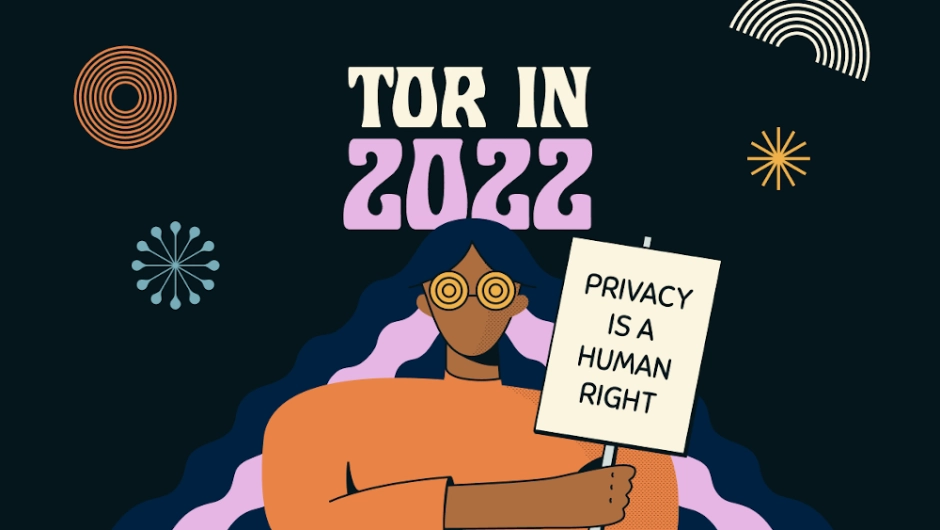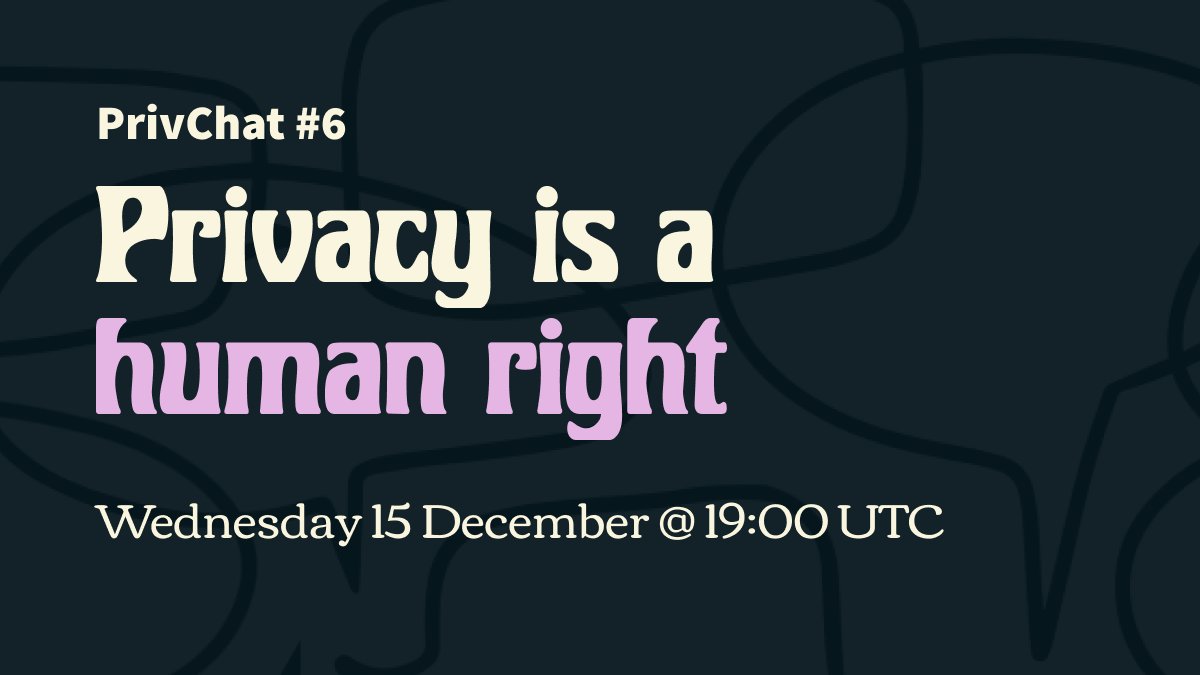
It has become a tradition for me to write a blog post at the end of each year, sharing my vision for the Tor Project for the upcoming year. Before talking about what I see for us in 2022, I want to reflect on 2021 and how this has been a year of resilience for Tor.
I’m very proud of every single person who contributed to Tor in 2021: the Tor Project staff, our core contributors, our community, and our supporters. 2020 was a year of sacrifice, but none of the stones thrown in our way stopped us from looking ahead and dreaming of a greater future. And in 2021, we bounced back to continue to shape this greater future.
My vision for 2022 is to keep Tor on this track, and our users are our priority when building this strategy. Visit our blog to read more about what you've help accomplish in 2021, and where I see our organization and community headed in the next year.

Since December 1st, Internet providers in Russia have started to block access to Tor. As of Dec. 6, the Federal Service for Supervision of Communications, Information Technology and Mass Media (Roskomnadzor), a Russian government bureaucratic entity, also began to censor our website and subdomains.
Russia is the country with the second largest number of Tor users, with more than 300,000 daily users or 15% of all Tor users.
As it seems this situation may escalate to a country-wide Tor block, it's urgent that we respond to this censorship. Find out about how you can help users in Russia stay connected.

In case you are not familiar with TLS certificates, websites present them to visitors in an attempt to prove their identities. For example, "I'm www.torproject.org and not some imposter". The problem is that certificates can be issued by many different central authorities. If one of these authorities gets the issuance process wrong, e.g. due to mistakes, coercion, or compromise, there may be a mis-issued certificate for some domain name.
The goal of Certificate Transparency is to ensure that certificate mis-issuance does not go unnoticed. The idea is that before a browser accepts a certificate as valid, it must be visible in a public Certificate Transparency log. The second issue of PETS 2021 featured a paper that brings Certificate Transparency to Tor. The authors of the paper--Rasmus Dahlberg, Tobias Pulls, Tom Ritter, and Paul Syverson--shared a summary of this work on the Tor blog.

In this edition of PrivChat, we're brought together a group of panelists with direct experience as activists or working with activist groups to talk about privacy and why it is so important to the fight for human rights.
Hear from panelist Ali Gharavi, Senior Programme Specialist, Swedish International Development Agency; Nadya Tolokonnika, artist, activist, and founding member of Pussy Riot; and Nicholas Merrill, founder and Executive Director, the Calyx Institute; and Cindy Cohn, Executive Director of EFF as host. Watch the recorded event on the Tor Project's YouTube channel.
New Releases
Tor 0.4.6.9 and 0.4.7.3-alpha
(Dec. 16) The DNS timeout was removed from the relay general overload signal. The rest is mostly minor bugfixes and documentation. Full changelog.
Tor Browser 11.5a1 (Windows, macOS, Linux)
(Dec. 14) This is the first alpha version in the 11.5 series and updates Firefox to 91.4.0esr. This release should fix the crashes on Windows introduced in Tor Browser 11. Full changelog.
Tor Browser 11.0.2
(Dec. 8) This version updates Firefox on Windows, macOS, and Linux to 91.4.0esr. This version includes important security updates to Firefox. Full changelog.
Arti 0.2.0
(Dec. 1) This Arti release has a major refactor of the backend network code that implements circuits and channels, to better use the reactor architectural pattern and reduce the need for locks. Full release forum post.
What We're Reading
Russia started blocking Tor, Open Observatory of Network Interference.
We're Hiring
Bookkeeper - Payroll Specialist
Our friends at LEAP Encryption Access Project are also hiring Go, Android, and iOS developers, and our friends at Tails are hiring a Project Manager.
Join Our Community
Getting involved with Tor is easy. Run a relay to make the network faster and more decentralized. Run a bridge to help censored users access Tor.
Learn about each of our teams and start collaborating.
Donate to help keep Tor fast, strong, and secure.
|
